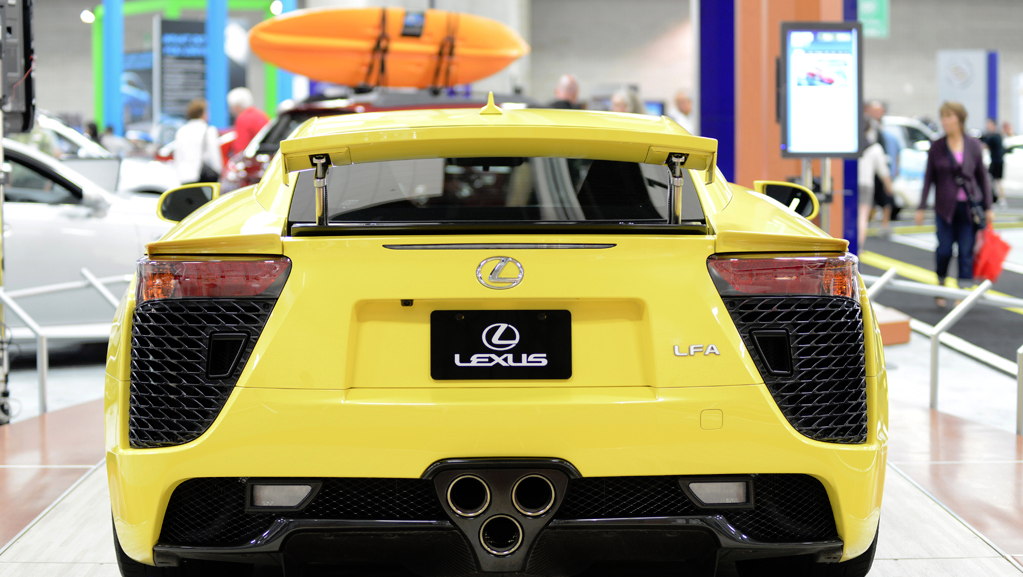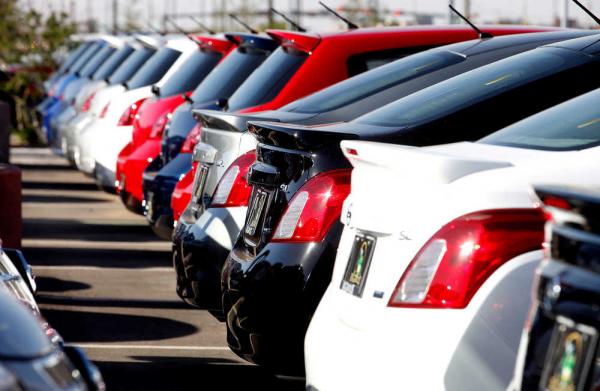According to The Hawaii Auto Outlook, at the height of the recession, it was believed that it would take at least 10 years for the vehicle market to return to pre-recession levels.
However it stated that 26,922 new vehicle registrations were filed during the first and second quarters of 2014, compared to a much lower 23,968 that were filed last year.
Vehicle registrations in Hawaii rose 12 percent, and the Hawaii Automobile Dealers Association expects them to continue to increase by 7 percent during second half of the year.
Toyota is Hawaii’s most popular vehicle followed by Honda and Nissan. American-made cars Dodge, Jeep, Ford and Chevrolet are the least popular.
The Hawaii Automobile Dealers Association expects the year to top out with 53,400 new vehicle registrations.

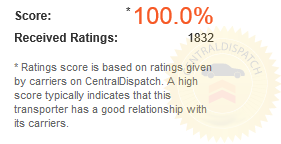

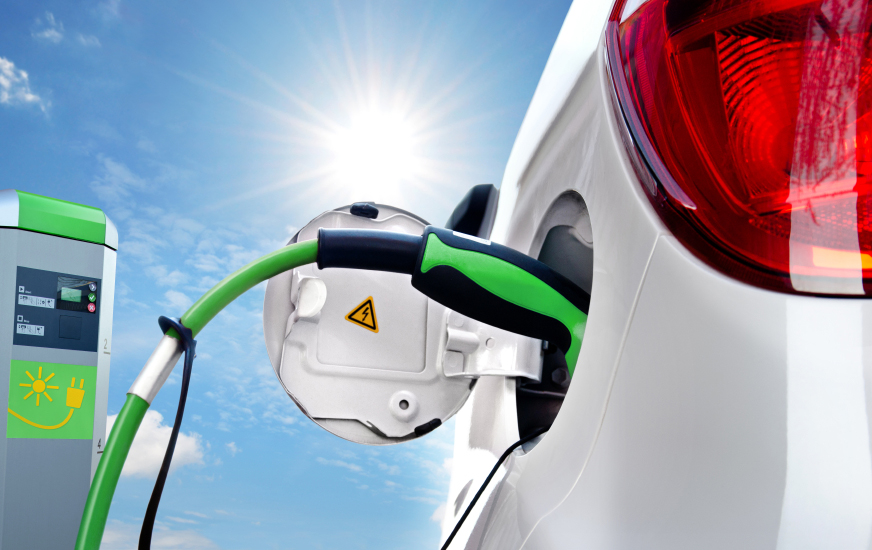
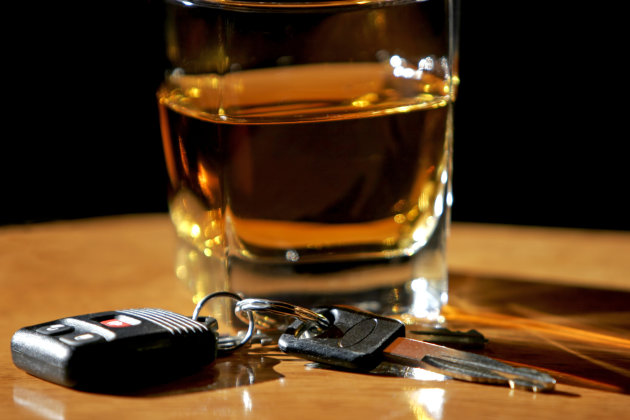

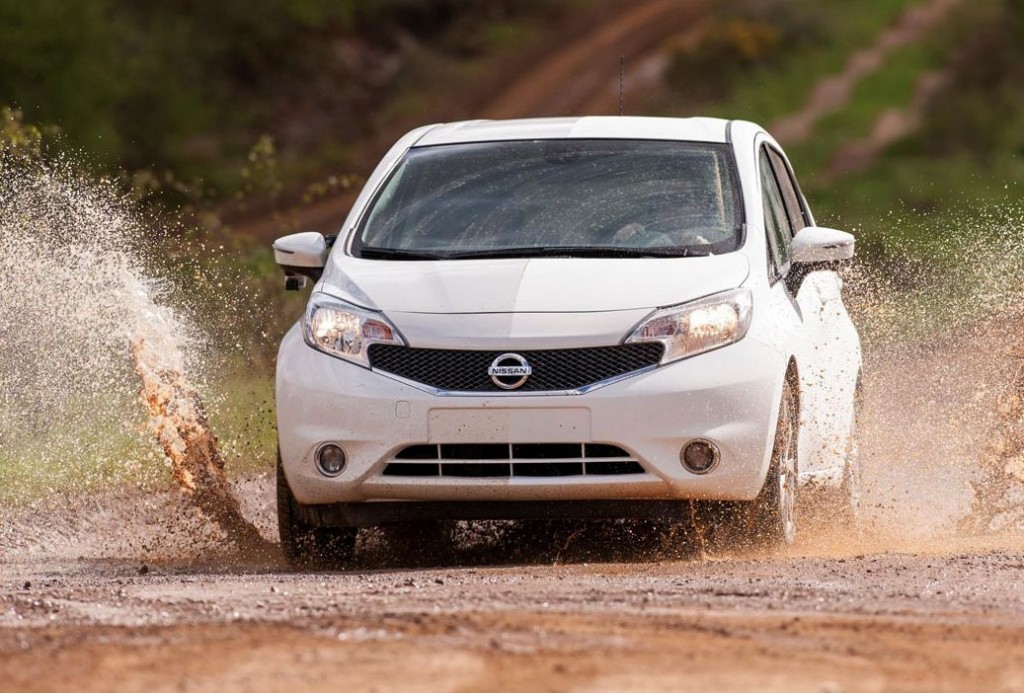
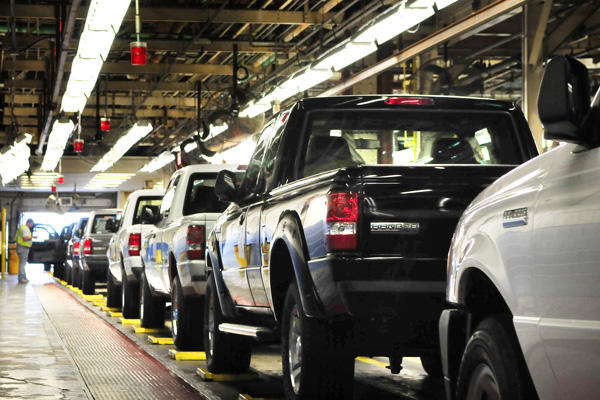
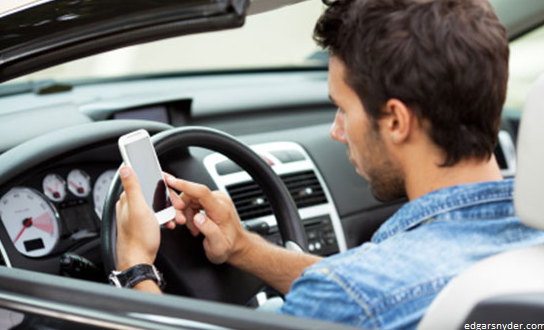
 All port locations and offices will be closed July 4th.
All port locations and offices will be closed July 4th.